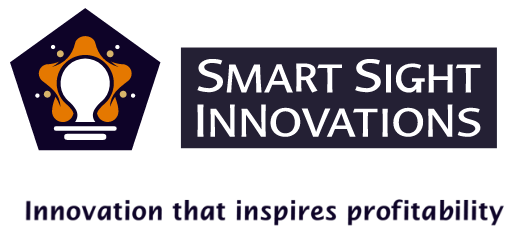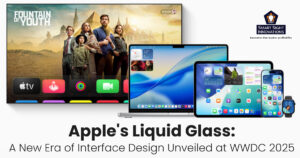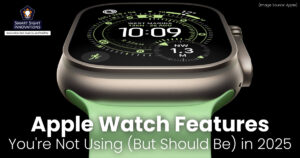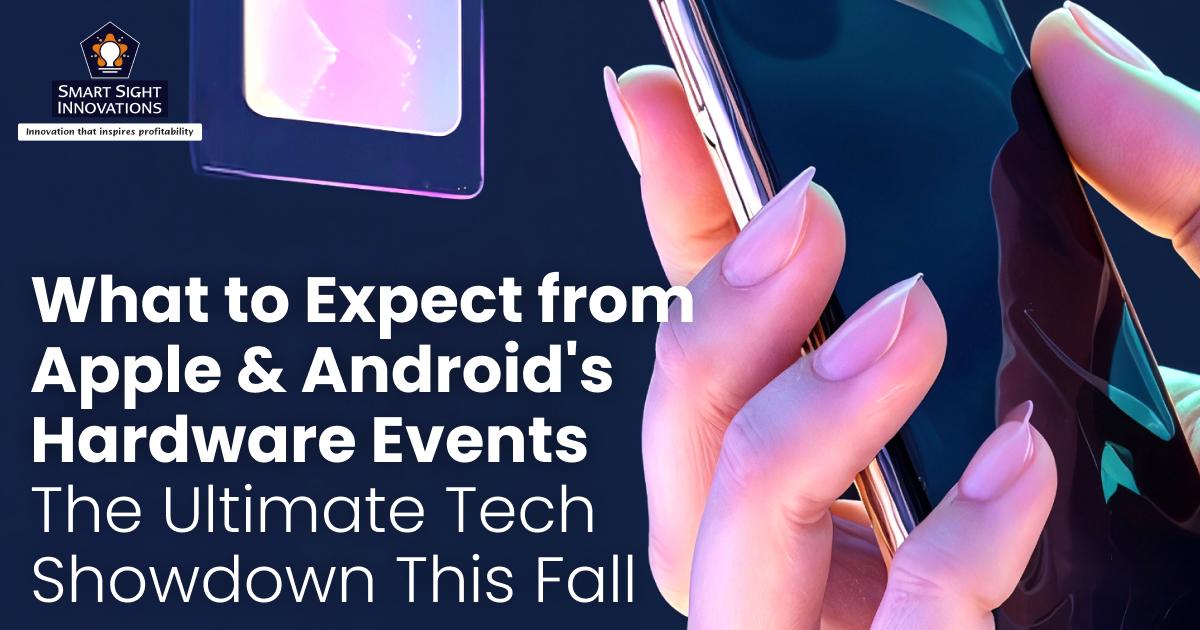
The smartphone industry is gearing up for its most anticipated season as both tech giants prepare to unveil their latest innovations. With Google’s Made by Google 2025 event scheduled for August 20 and Apple’s hardware event expected on September 9, consumers will witness a fascinating head-to-head competition featuring groundbreaking devices, revolutionary AI capabilities, and bold design departures that could reshape the mobile landscape.
Apple is poised to introduce the full iPhone 17 lineup — including a new ultra-thin “iPhone Air” — alongside updates to Apple Watch, AirPods, and possibly other gadgets. Meanwhile, Google’s promising a bold Pixel 10 portfolio, AI-powered features, and fresh wearable and accessory launches.
This article offers an exclusive first look at what we anticipate from each.
Google’s Made by Google 2025: Pixel 10 Series and Enhanced AI Integration
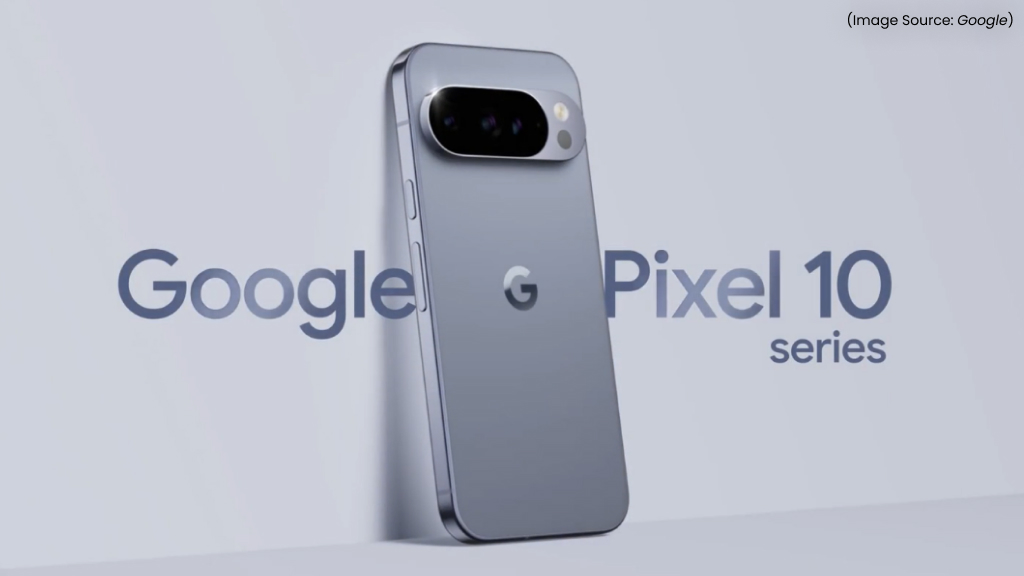
(Image Source: Google)
Google is leading the charge this year, positioning its Made by Google 2025 event as a direct challenge to Apple’s dominance. Scheduled for August 20 at 10 a.m. PT, the event will showcase Google’s commitment to growing the Pixel line with enhanced generative AI capabilities powered by Gemini.
Pixel 10 Lineup: A New Standard for Android Flagship Devices
The Pixel 10 series represents a significant milestone for Google’s hardware ambitions, with the company making substantial improvements across the entire lineup. The series will include the standard Pixel 10, Pixel 10 Pro, and Pixel 10 Pro XL, all powered by the new Tensor G5 processor that promises enhanced performance and power efficiency compared to the previous Tensor G4 chip.
Pixel 10: Breaking Traditional Boundaries
In a major departure from previous generations, the standard Pixel 10 will feature a dedicated telephoto lens, a capability that was previously exclusive to Pro models. This significant upgrade, confirmed by Google’s own teaser following leaked renders, demonstrates the company’s commitment to democratizing premium camera features across its product line.
The device will maintain the familiar 6.3-inch display size while incorporating the latest Gemini AI features. While the basic design language remains consistent with the Pixel 9 series, the addition of the third rear camera lens marks a substantial visual and functional upgrade.
Pro and Pro XL Models: Premium Performance Enhanced
The Pixel 10 Pro will retain its 6.3-inch display, while the Pro XL features a larger 6.8-inch screen. Both models are expected to see improvements in camera and video quality, along with increased battery capacity that could enable faster charging speeds. These enhancements address one of the most significant gaps between Pixel devices and flagship offerings from competitors like Apple and Samsung.
A particularly exciting development is the rumored support for Qi2 wireless charging across the Pixel 10 series. If implemented, this would make Pixel devices among the first Android phones to support magnetic accessories, including chargers, wallets, and mounts. Google is reportedly developing a “Pixelsnap” phone case featuring a magnetic ring, directly challenging Apple’s MagSafe ecosystem.
The Pixel 10 series is expected to launch in Moonstone and Jade color options, providing consumers with distinctive aesthetic choices.
Pixel 10 Pro Fold: Redefining Foldable Excellence
Google’s foldable strategy continues to evolve with the Pixel 10 Pro Fold, which promises significant improvements over its predecessor. The device will feature a larger 6.4-inch cover display paired with an 8-inch main screen, providing users with more usable real estate in both folded and unfolded configurations.
Engineering improvements include a strengthened hinge mechanism and thinner bezels for a more premium appearance. Perhaps most importantly, the device is rumored to achieve an IP68 rating, marking a significant advancement in durability. This would provide protection against both dust and water, a substantial upgrade from the Pixel 9 Pro Fold’s limited dust protection.
The camera system will likely receive substantial upgrades, potentially including a 48-megapixel ultra-wide lens and a telephoto lens with 5x optical zoom. Combined with improved battery life and the new Tensor G5 processor, the Pro Fold could establish new benchmarks for foldable device performance.

(Image Source: Google)
Gemini AI: The Intelligence Revolution
Google’s AI integration represents one of the most compelling aspects of the upcoming Pixel 10 launch. Building on updates introduced at the company’s May developer conference, Google will demonstrate advanced Gemini features designed to revolutionize user interaction with mobile devices.
The rumored “Camera Coach” feature exemplifies this AI-first approach, enabling Gemini to provide real-time photography guidance. The system can analyze scenes and suggest optimal angles, lighting conditions, and composition techniques to help users capture better photos. This represents a significant evolution from traditional camera software, positioning AI as an active creative partner.
Additionally, a conversational photo editing tool will allow users to make complex adjustments through natural language commands. Users could instruct Gemini to increase brightness, remove unwanted objects, or change backgrounds, making advanced photo editing accessible to users without technical expertise.
Pixel Accessories: Completing the Ecosystem
The Made by Google event will also showcase updated wearables, including the anticipated Pixel Watch 4. The smartwatch is expected to feature a thicker design to accommodate improved battery life, along with smaller bezels for a more refined appearance. New health and fitness tracking capabilities may include enhanced blood oxygen (SpO2) monitoring functionality.
The Pixel Buds lineup will receive updates with new color options including Fog Light, Hazel, Iris, and Strawberry for the Buds 2a model. Active noise cancellation features will be enhanced, while the Pixel Buds Pro 2 will introduce a new Sterling color option.
Apple’s Hardware Event: A Bold New iPhone Device and Design Revolution
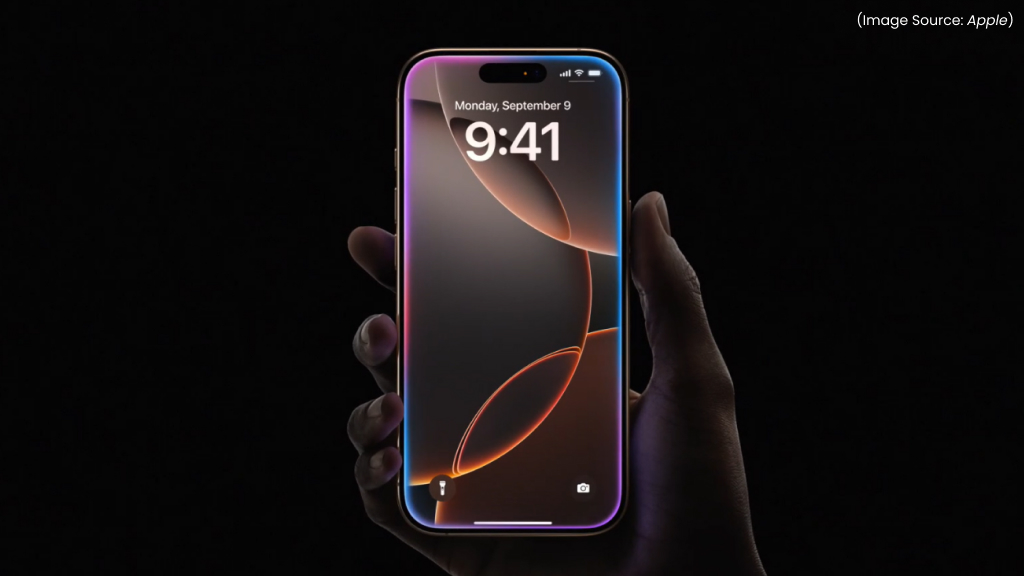
(Image Source: Apple)
Apple’s hardware event, scheduled for September 9, promises to deliver significant innovations across the company’s product portfolio. The event will take place at Apple’s Cupertino campus and is expected to introduce the iPhone 17 series, updated Apple Watch models, and new AirPods Pro 3.
iPhone 17 Lineup: Bridging the Gap Between Standard and Pro
The iPhone 17 series represents Apple’s most significant design evolution in recent years, with substantial improvements to the standard model that blur traditional distinctions between consumer and professional tiers.
iPhone 17: Premium Features for Mainstream Users
The standard iPhone 17 will feature a larger 6.3-inch display, representing a 0.2-inch increase over the iPhone 16. More significantly, the device will incorporate a 120Hz ProMotion display, a substantial upgrade from the current 60Hz refresh rate that brings it in line with Pro model capabilities.
Camera improvements include a 24-megapixel front-facing camera, while new color options of purple and green will provide fresh aesthetic choices. These upgrades position the iPhone 17 as a more compelling option for users seeking premium features without Pro model pricing.
iPhone 17 Pro and Pro Max: Refined Excellence
The Pro models will showcase notable design changes, particularly in camera arrangement. Conceptual renderings suggest the three rear cameras will be housed in a rectangular bar extending across the device’s width, with the flash, light sensor, and microphone positioned on the far right side. This design evolution, reminiscent of Google’s Pixel 9 Pro aesthetic, represents a significant departure from Apple’s traditional camera bump design.
Material changes may include replacing the titanium band with aluminum for the iPhone 17 Pro, potentially reducing costs while providing a lighter feel. The Pro Max is expected to feature a slightly thicker profile to accommodate a larger battery, addressing user demands for improved battery life.
Storage configurations for Pro models may be simplified, with reports suggesting the elimination of the 128GB option in favor of 256GB, 512GB, and 1TB variants. This consolidation reflects the increasing storage demands of modern mobile usage patterns.
Pricing expectations suggest the iPhone 17 will start around $800, with the Pro model at approximately $1,050 and the Pro Max reaching $1,250.
iPhone Air: Redefining Smartphone Design
The most revolutionary addition to Apple’s lineup is the ultra-thin iPhone Air, which may replace the Plus model entirely. This device represents Apple’s response to the industry trend toward slimmer smartphones and could establish new benchmarks for mobile device design.
Technical Specifications and Design Philosophy
The iPhone Air will measure just 5.5mm in thickness, making it approximately 0.08 inches thinner than current iPhone models and potentially slimmer than Samsung’s Galaxy S25 Edge (5.8mm). The device will feature a 6.6-inch display, providing substantial screen real estate despite its minimal profile.
This ultra-thin design requires significant engineering compromises. The device will feature only a single rear camera lens, unlike the dual-camera Plus model it replaces. Additionally, space constraints may eliminate the bottom speaker, leaving the front earpiece as the sole audio source.
The iPhone Air will be available in black, silver, and light gold color options, with pricing expected between $899 to $950. This positioning places it as a premium alternative within Apple’s lineup, appealing to users who prioritize design aesthetics over maximum functionality.
Strategic Implications
The iPhone Air may serve as a precursor to Apple’s long-rumored foldable device, expected to launch in September 2026. The engineering challenges overcome in creating the ultra-thin Air could provide valuable insights for developing foldable technology that meets Apple’s quality and design standards.
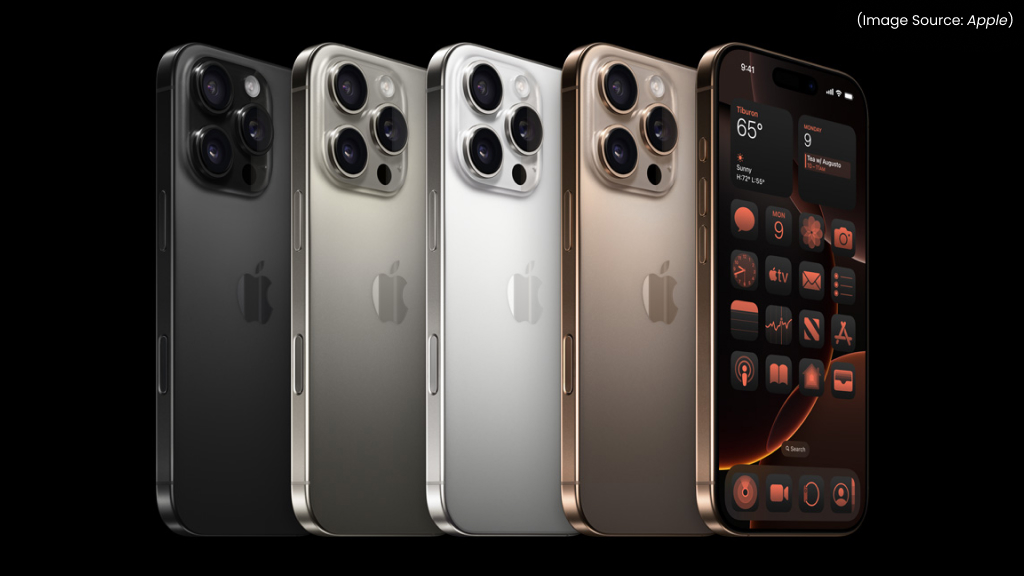
(Image Source: Apple)
Apple Watch Series 11 and Ultra 3: Wearable Innovation
Apple’s wearable strategy continues to evolve with significant updates across the Watch lineup. The Series 11 will incorporate faster charging capabilities, while the Ultra 3 promises substantial improvements after a two-year development cycle.
Apple Watch Ultra 3: Professional-Grade Features
The Ultra 3 will introduce 5G support and satellite connectivity, significantly expanding communication capabilities beyond current LTE options. The device may feature a larger display and enhanced outdoor functionality, reinforcing its positioning as the premier choice for outdoor enthusiasts and professionals.
Health monitoring improvements could include blood pressure monitoring capabilities, alerting users to abnormal readings. However, regulatory approval challenges may delay the implementation of some advanced health features.
The Ultra 3 is expected to retail for $800, maintaining its position as Apple’s premium wearable offering.
Series 11 and SE 3: Mainstream Excellence
The Series 11 will focus on refined functionality and improved battery life, with pricing expected to remain at $400. The SE 3 may introduce a larger display and potentially a plastic construction variant, maintaining its role as an accessible entry point into the Apple Watch ecosystem at $250.
AirPods Pro 3: Audio Innovation Continues
After the 2022 launch of the AirPods Pro 2, Apple is ready to introduce the third generation with substantial improvements in design and functionality. The AirPods Pro 3 will feature a sleeker profile, touch-sensitive controls, and smaller earbuds housed in a slimmer case.
The integration of Apple’s H3 chip will enhance active noise cancellation and adaptive audio capabilities, potentially setting new standards for wireless audio quality. These improvements build upon Apple’s established leadership in the premium wireless earbuds market.
AI In Devices For A Revolutionary Experience

The timing of these events creates a fascinating competitive dynamic, with Google launching first to establish market momentum before Apple’s traditional September showcase. This schedule allows Google to capture early adopter attention while potentially influencing Apple’s final messaging and positioning.
AI Integration as the Primary Battleground
Both companies are positioning artificial intelligence as a core differentiator, but their approaches reflect different philosophical perspectives. Google’s Gemini integration emphasizes proactive AI assistance and natural language interaction, while Apple’s Intelligence focuses on privacy-preserving, on-device processing.
Google’s Camera Coach and conversational photo editing demonstrate how AI can actively improve user creativity and productivity. Apple’s approach, while less immediately flashy, may appeal to users concerned about data privacy and processing transparency.
Design Innovation and Market Positioning
The introduction of ultra-thin devices from both companies (iPhone Air and Samsung Galaxy S25 Edge competition) suggests the industry is moving toward extreme miniaturization. This trend challenges traditional assumptions about battery life, thermal management, and component integration.
Apple’s decision to introduce the Air as a premium model contrasts with Google’s strategy of democratizing advanced features across the entire Pixel 10 lineup. These different approaches will test consumer preferences for design versus functionality.
